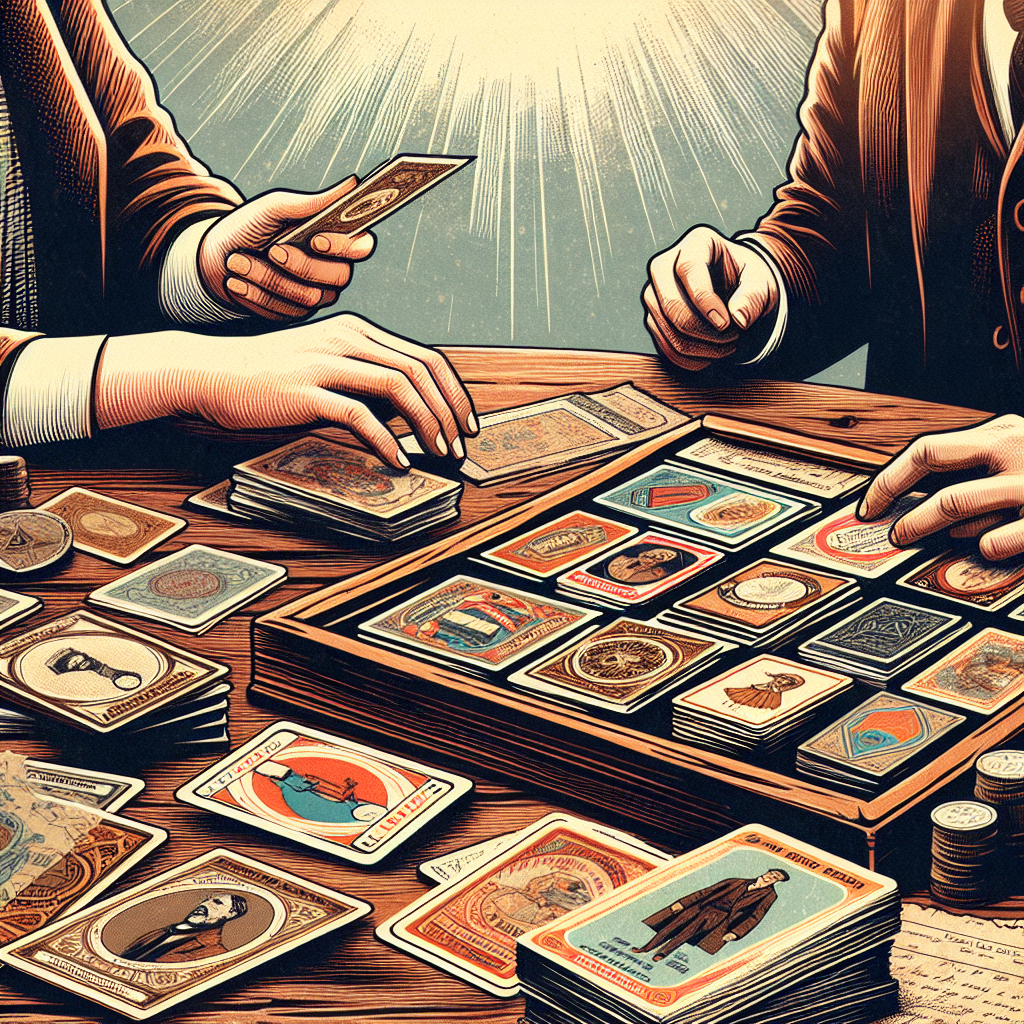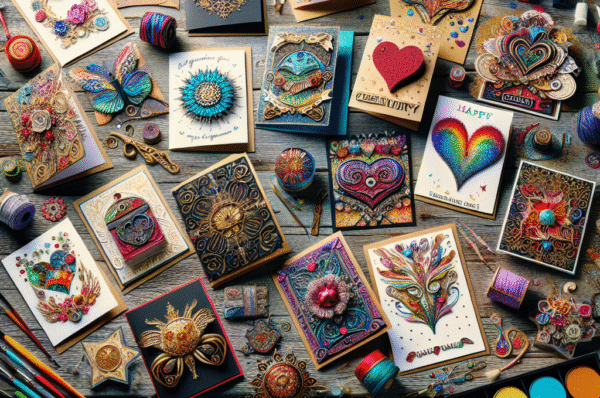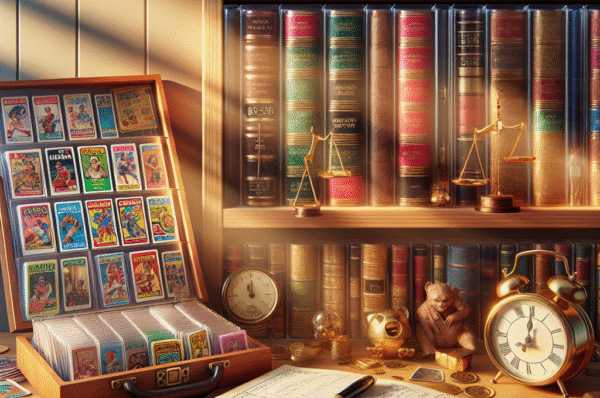Trading cards have captured the imaginations of millions, providing a unique intersection of art, commerce, and personal passion. From their origins to their modern digital adaptations, trading cards offer a fascinating look into culture, nostalgia, and community. This article takes you through the rich history of trading cards and explores what makes this hobby so beloved.
The Origins of Trading Cards
Late 19th Century Beginnings
The concept of trading cards dates back to the late 19th century, primarily in the United States. It all began with tobacco companies who inserted cards into their product packages as marketing tools. These cards featured various illustrations, including famous personalities, athletes, and scenes from history. The cards served dual purposes: they helped to promote the product and provided customers with collectible items that encouraged repeat purchases.
The Golden Age: 1930s – 1950s
The 1930s marked a golden age for trading cards, particularly with the rise of sports cards. Baseball cards became immensely popular, fueled by the likes of Babe Ruth and other legendary players. Companies like Goudey and Topps began producing cards that featured vibrant designs, statistics, and captivating stories. The hobby was not just limited to baseball; basketball, football, and even non-sport cards gained traction during this time.
The Evolution of Trading Cards
1970s – 1990s: A Expansion in Genres
As the hobby grew, so did the variety of trading cards available. By the late 70s and early 80s, trading cards had diversified into other genres, including comic books, movies, and television shows. During this period, the introduction of holographic cards and rare inserts added layers of collectability and value. The advent of companies such as Fleer and Upper Deck also contributed to innovation in card design, quality, and marketing.
The Digital Revolution
The late 1990s and early 2000s saw the rise of the internet, giving birth to online trading communities. Online marketplaces like eBay transformed how collectors bought, sold, and traded cards. Furthermore, digital trading cards emerged, allowing fans to engage in collecting without the physical limitations of traditional cards. While some purists preferred the tactile experience of physical cards, digital platforms, like the popular “NBA Top Shot,” illustrated the potential of blockchain technology in trading.
The Psychology of Collecting
Nostalgia and Community
At the core of the trading card hobby is a sense of nostalgia. Many collectors fondly remember their childhood days spent trading cards with friends, leading to strong emotional connections with the items. This sentiment is often reinforced at conventions, where fans gather to share stories, participate in discussions, and showcase their collections.
Value and Investment
In recent years, trading cards have also entered the realm of serious investment. High-value cards can fetch hundreds of thousands of dollars at auction. Collectors often view rare cards as tangible assets, similar to art and vintage wines. This investment aspect has attracted a new wave of collectors—those looking to diversify their portfolios rather than simply seeking nostalgia.
The Current Landscape
The Rise of Grading Services
The emergence of grading services has played a crucial role in validating the condition and value of trading cards. Companies like PSA and Beckett assess cards based on factors such as centering, edges, and surface quality. A high-grade card can dramatically increase in value, making grading an integral part of the trading card ecosystem.
The Future of Trading Cards
The future of trading cards is both exciting and unpredictable. With the rise of NFTs and digital collectibles, the lines between physical and digital cards continue to blur. Manufacturers are looking for new ways to engage collectors, such as augmented reality experiences and interactive features, enhancing the hobby’s appeal.
Conclusion
Trading cards represent more than just paper collectibles; they symbolize a rich tapestry of history, culture, and community. As we continue to navigate the evolving landscape—from traditional cards to digital formats—the core essence remains unchanged: the thrill of discovery, the joy of sharing, and the passion for collecting. Whether you’re a seasoned collector or a newcomer to the hobby, trading cards offer a unique window into the past and an exciting glimpse into the future.




